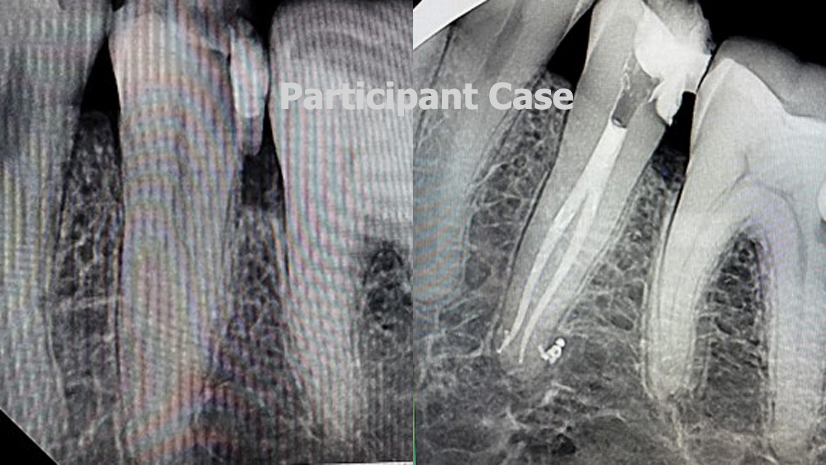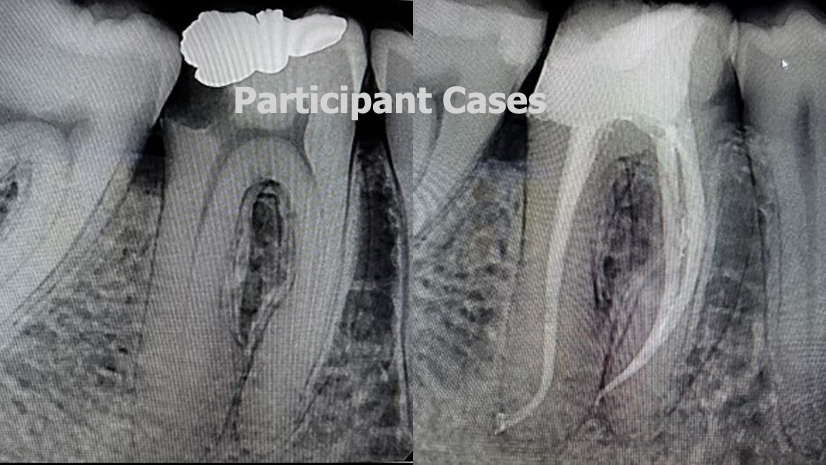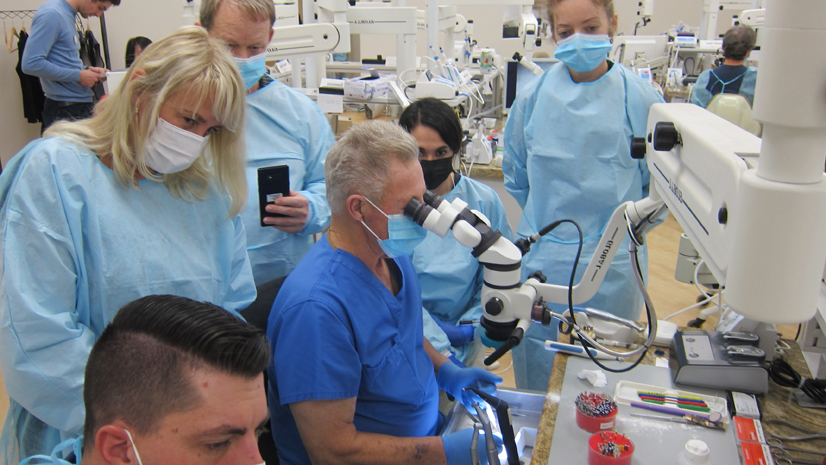Introduction
Root canal treatment, often simply referred to as a root canal, is a dental procedure that has gained notoriety for its perceived discomfort. However, it is an essential treatment for preserving a tooth and relieving severe pain caused by infection or damage. In this comprehensive guide, we’ll delve into what root canal treatment entails, its benefits, the procedure itself, recovery process, and debunk some common myths surrounding it.
The Importance of Root Canal Treatment
Understanding Tooth Anatomy:
Before diving into the intricacies of root canal treatment, it’s crucial to understand the anatomy of a tooth. Each tooth has a crown, visible above the gumline, and roots, which anchor the tooth into the jawbone. Inside the tooth, there is a pulp chamber containing nerves, blood vessels, and connective tissue. When the pulp becomes infected or inflamed, it can lead to severe pain and potentially jeopardize the tooth’s health.
Signs and Symptoms:
Recognizing the signs and symptoms of a tooth infection or damage is essential for timely intervention. Common indicators include persistent toothache, sensitivity to hot or cold temperatures, swelling around the affected tooth, and a pimple-like bump on the gums. Ignoring these symptoms can result in the spread of infection, leading to more significant oral health issues.
The Root Canal Procedure:
Assessment and Diagnosis:
The first step in the root canal procedure is a thorough assessment by a qualified dentist or endodontist. Through visual examination, X-rays, and possibly other diagnostic tests, the dentist identifies the extent of the damage and determines if root canal treatment is necessary. Once confirmed, the dentist discusses the procedure with the patient, addressing any concerns and outlining what to expect.
Procedure Overview:
Contrary to popular belief, root canal treatment is not as daunting as it sounds. It is typically performed under local anesthesia to ensure the patient’s comfort. The dentist or endodontist carefully accesses the infected or damaged pulp through a small opening in the crown of the tooth. Using specialized instruments, they remove the infected tissue, clean and disinfect the root canal space, and shape it to receive a filling material. Finally, the tooth is sealed to prevent recontamination, and in most cases, a dental crown is placed to restore its strength and appearance.
Click here to learn more about the IDEA hands-on Root Canal Treatment dental course
Recovery and Aftercare
Post-Procedure Care:
Following root canal treatment, patients may experience some discomfort or sensitivity, which can usually be managed with over-the-counter pain medication. It’s essential to follow any specific instructions provided by the dentist regarding oral hygiene and dietary restrictions. Maintaining good oral hygiene practices, such as regular brushing, flossing, and attending dental check-ups, is crucial for the long-term success of the root canal treatment.
Long-Term Benefits:
While root canal treatment may seem like a daunting prospect, its benefits cannot be overstated. By preserving the natural tooth structure, it prevents the need for extraction and helps maintain proper alignment and bite function. Additionally, it alleviates pain and discomfort associated with tooth infection, allowing patients to enjoy improved oral health and overall well-being.
Conclusion
Root canal treatment is a valuable dental procedure aimed at preserving natural teeth and relieving pain caused by infection or damage to the tooth pulp. Contrary to common misconceptions, it is a relatively straightforward and effective treatment option with numerous long-term benefits. By understanding the importance of root canal treatment, familiarizing yourself with the procedure, and adhering to post-procedure care guidelines, you can take proactive steps towards maintaining optimal oral health and preserving your beautiful smile for years to come. If you suspect you may need root canal treatment, don’t hesitate to consult with a qualified dental professional to explore your options and embark on the path to a healthier, happier smile.
If you want to upgrade your skills in Root Canal Treatment and Endodontics… Click below on course title
John West, D.D.S., M.S.D., Jordan West, D.D.S., M.S.D.
Mini-Residency in State-of-the-Art Endodontics: Taking Your Endodontics BEYOND the Next Level
June 5 – 8, 2024



